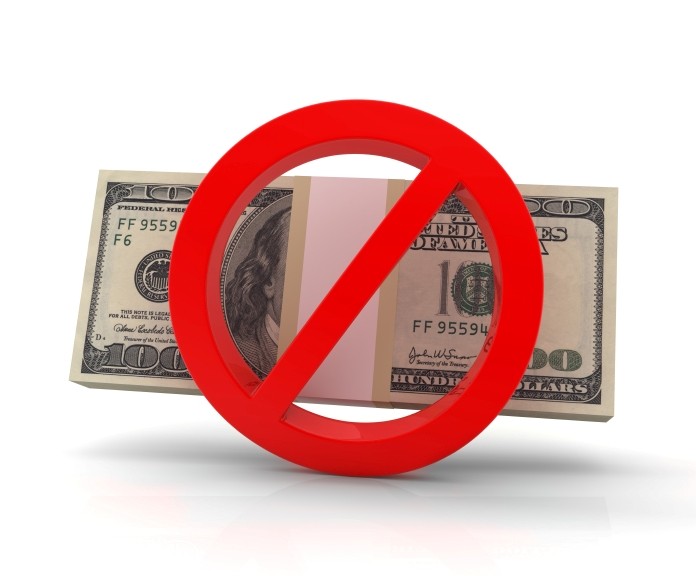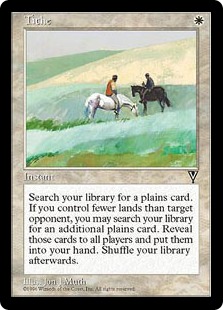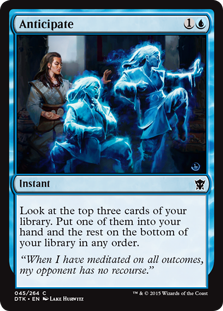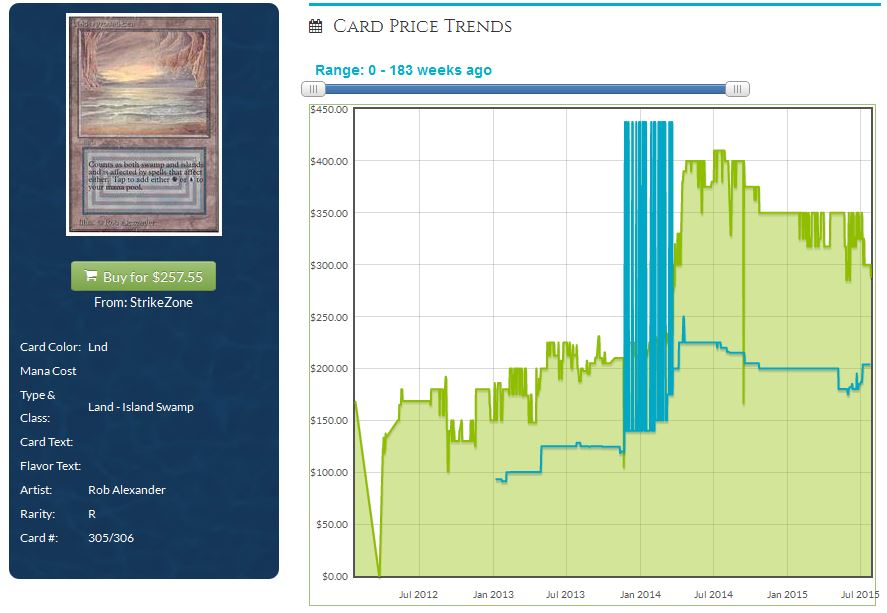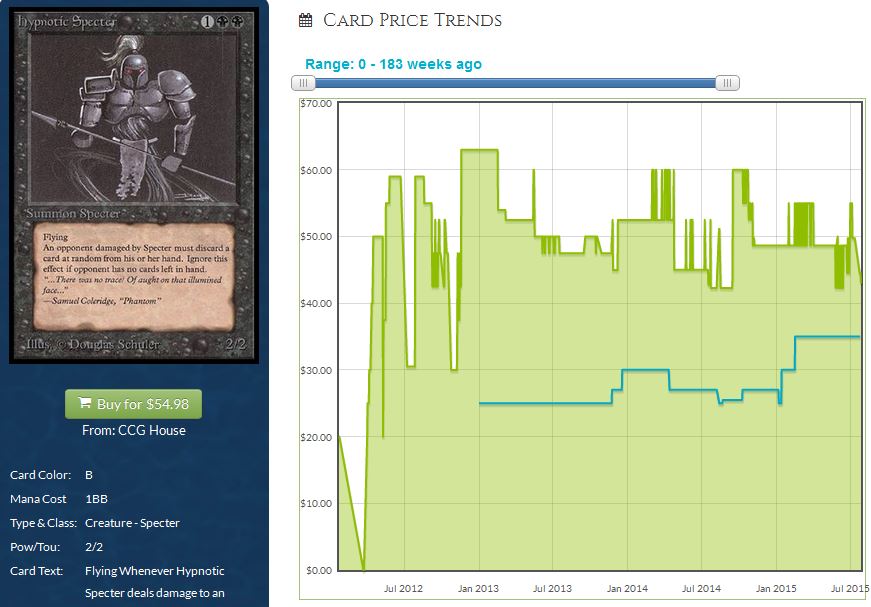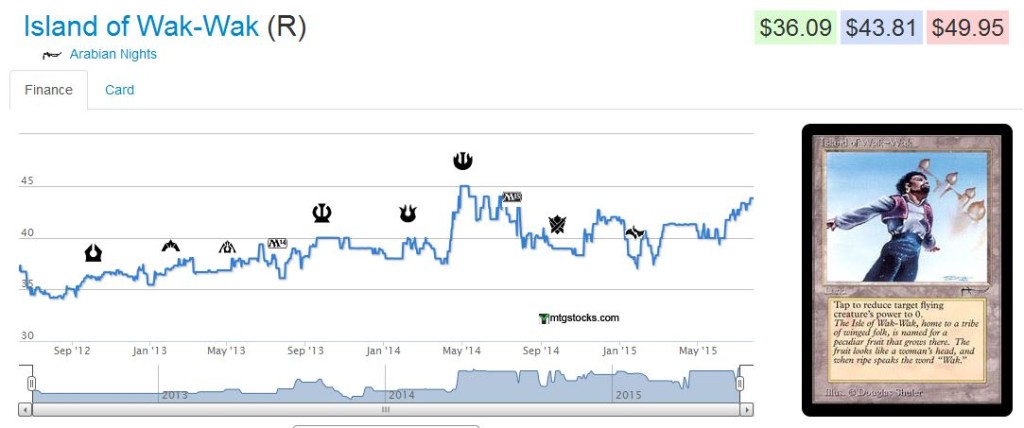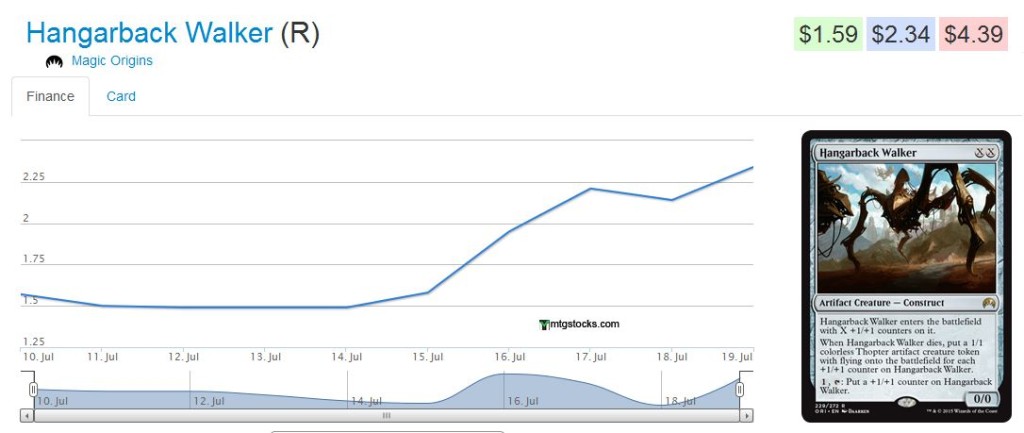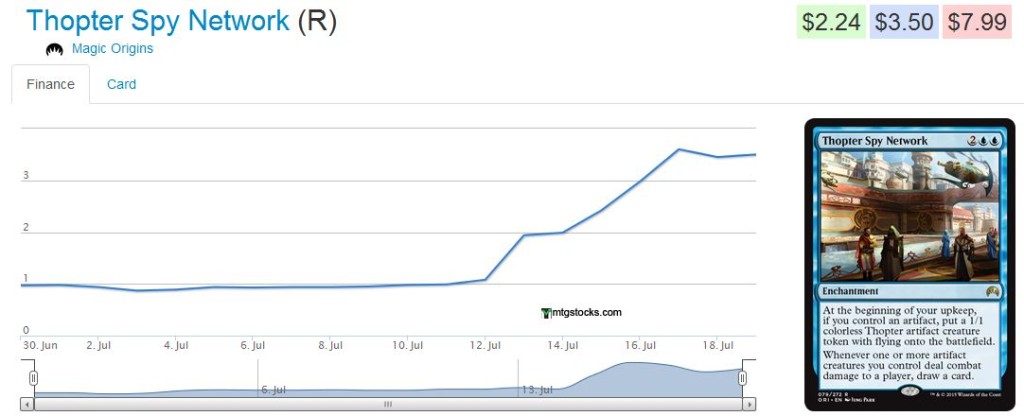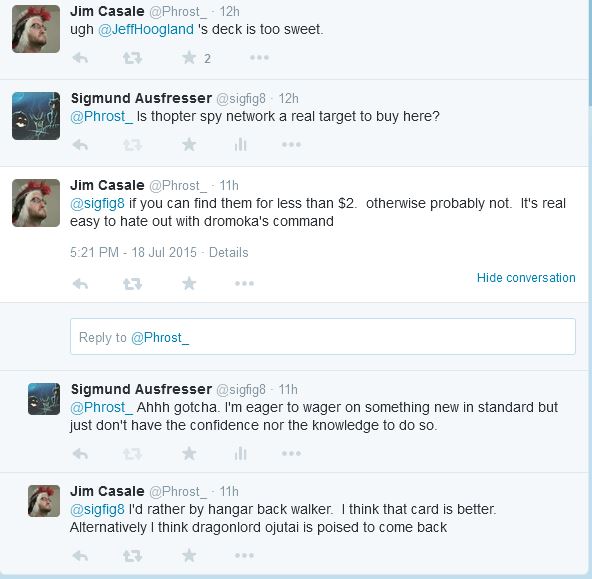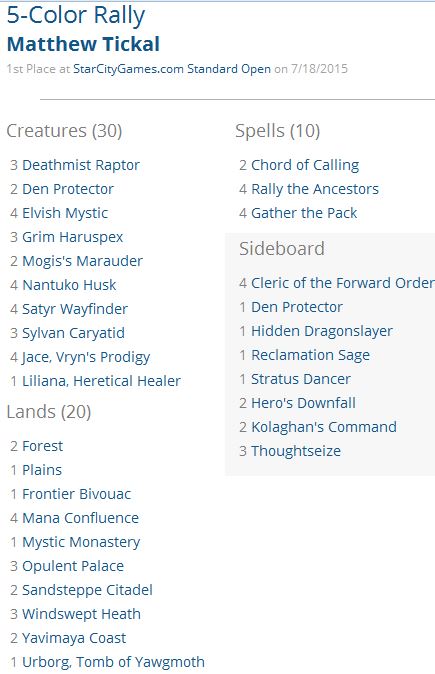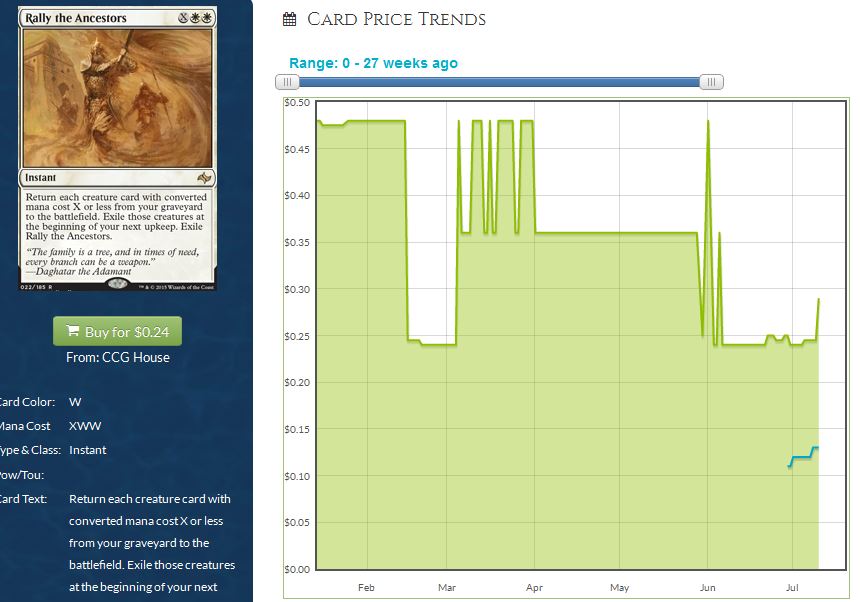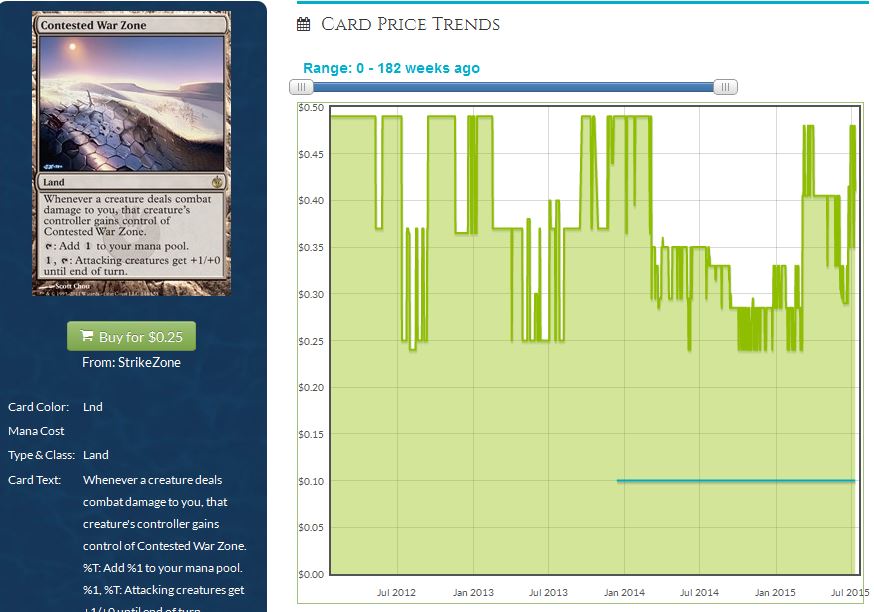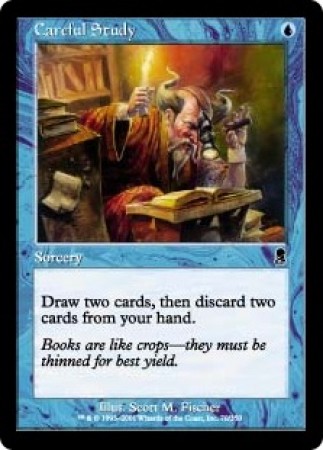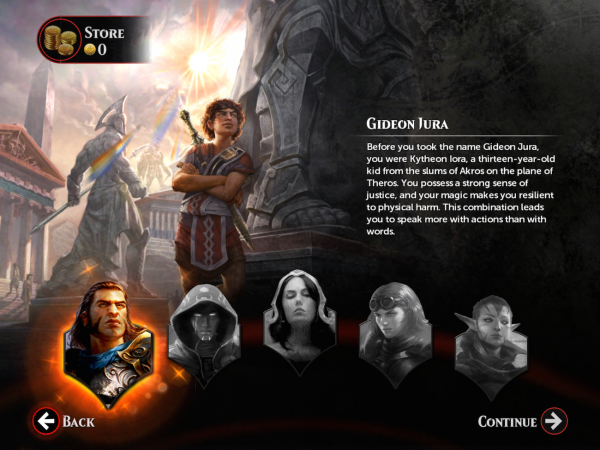Your cards are sorted as requested by the website. You specified the proper condition on your cards, if applicable, to minimize surprise downgrades. You’ve followed precise packaging instructions. You’ve shipped with tracking to protect yourself.
Buy list order successful, right? Well, maybe.
When it comes to buy listing, the name of the game is time-efficient optimization. You can ship all of your cards to a single store to save time, but you may sacrifice value in the process. On the other hand, shipping cards to seven buyers so you can earn an extra few bucks is likely not worth shipping costs or your time. These are just a few considerations that feed into the buy listing process.
In addition to these, I’ve recently gleaned a few new insights on the buy listing process that I feel is worth sharing. It’s not related to how to package and ship cards, nor is it even directly related to which cards you should consider selling at this time. Instead, I want to focus on one of the most crucial aspects of buy listing: how you are paid.
Here’s the hook: from what I have learned, I may never take cash payments ever again.
Cash Isn’t King?
You may be wondering how I can make such a bold claim when in the past you’ve heard me declare “cash is king” in various media. The end game is still cash of course. In fifteen years when my son’s university requests payment, I don’t think they’ll be willing to take Black Lotuses and Moxen. The critical thing I’ve learned though, is that you actually sacrifice many worthwhile efficiencies when taking cash payments.
First of all, there are the suboptimal cash payment methods. If you want access to funds instantly, PayPal is generally your go-to option. However any active Magic card seller will tell you PayPal fees add up quite a bit. Three percent here and there may not sound like a sizable amount, but over the course of a year it can turn into hundreds of dollars in lost value.
When I was new to MTG Finance, this was my payment method of choice. I was so focused on getting paid immediately that I sacrificed value to get there. In hindsight, this was 100% the incorrect move. Unless you have an immediate need for funds, I cannot advocate this approach.
Enter checks. By exercising patience, you can instantly earn roughly three percent more on your buy list orders. All it takes is requesting payment by check. Checks incur zero fees and most (though not all) shops will offer a check option with no penalty. The major downside here, however, is the resultant wait. While some card shops are very prompt with issuing payment, others can sometimes drag your feet.
Add in inconsistencies of the postal system, and you enter a tireless waiting period with every buy list you submit. This means you’ll have more funds tied up in pieces of paper stuffed in envelopes handled by mail carriers. I’m not so sure I love this premise.
Best of Both Worlds
The drawbacks to PayPal payments and check payments have haunted me for quite some time. I didn’t like the fees, so taking PayPal payment quickly became highly unattractive. Yet I get so frustrated waiting for checks to come in the mail – plus there’s the added inconvenience of having to go to the bank to deposit the checks. Even once the checks are deposited, there may be hold times until the check clears in your account.
I’ve discovered a better way, and it’s been right under our noses all this time: store credit.
Everyone knows about the store credit option. Vendors throw this option in our face as often as possible, offering significant incentive in the form of trade-in bonuses for those willing to leave cash out of the equation. Star City Games and ABU Games offer a solid 25% trade bonus. To be more competitive, Channel Fireball and Card Kingdom do even better by offering 30%. Either way, the conclusion is identical: you get more for your cards if you’re willing to take credit.
This isn’t news to anyone. If you’ve ever dealt with store credit before, you know there are some sizable drawbacks to this avenue as well. Most notably, you need to determine if the vendor has any cards you need in stock, and then you need to double check their pricing. Having $125 in store credit instead of $100 in cash may sound great, but if you have to pay 25-50% premiums with your credit then this approach kind of defeats the purpose. If you’re trying to pick up that Underground Sea from Star City Games with trade credit, then you’re stuck paying $250 for MP copies knowing you can get them much closer to $200 from private sellers. So much for that 25% trade-in bonus.
Historically, this is where I would give up. I would browse an online store’s inventory looking for cards I wanted. If prices on those particular cards were unfavorable, I’d just take the cash. I figured I’d be better off without the trade-in bonus if I could find the cards I needed for 25-50% less than what a retailer would charge anyway.
I had it all wrong.
The World Is Your Oyster
Flexibility is the ticket to maximizing your buy lists. If you broaden your search on vendor sites and look for any and all opportunities rather than just your particular want list, you’re almost guaranteed to find good deals. Let’s face it: there are ten’s of thousands of options to choose from when you factor in conditions, sets, grades, sealed product variations, etc. Every single vendor is likely to have a good deal somewhere. And I mean everyone. Let me illustrate this point with a story.
Lately, I’ve been in the market for some Old School MTG cards. I wanted to acquire some Beta Hypnotic Specters for my deck. After searching through eBay and TCG Player, I concluded that Moderately Played copies would cost me about $25 and that Heavily Played copies were only slightly cheaper. I was about to pull the trigger, when I discovered something.
Even though Star City Games has some fairly high prices on Near Mint Alpha and Beta cards, their Moderately Played prices are actually pretty good. In fact, their price on MP Beta Hypnotic Specter was $19.99 – below TCG Low! So I filled out my playset by purchasing the copies I needed from SCG without blinking an eye.
Fast Forward a couple weeks – Raging Ravine spiked due to Modern speculation, and Star City Games upped their buy list for the card enough to pique my interest. I wanted a quick flip, so I pulled the trigger. Since I didn’t have an urgent need for cash I requested the trade-in credit option. When the credit arrived, I began my quest of trying to find a card I wanted which also carried a favorable price. I was having little luck, when I remembered the deal I found on Beta Hypnotic Specters. Sure enough, they still had a few MP copies in stock at $19.99. So I picked up three more copies despite the fact that I already had my playset. By selling and trading these extra copies, I was able to turn that 25% store credit trade-in bonus into more cash and cards than I would have had if I simply took cash payment from Star City. Because I didn’t limit my search to only cards I needed, I was able to generate more value from my trade-in. Success!
Next Level
This isn’t a one-time incident. There are always opportunities – I don’t see myself ever taking cash payments again. At least, not until I’m ready to cash out a chunk of my MTG portfolio. Taking the cash leaves too much value on the table.
But I want to make an even bolder statement: not only do I believe taking trade-in credit is always the more optimal play, I also believe you can turn store credit at any site into more store credit at a different site right away.
Here’s a quick example: imagine having $50 in Star City Games store credit. I’d encourage you to consider picking up Island of Wak-Wak. If you don’t own a copy, I’d recommend it as a sweet card to jam in an EDH deck. But even if you have zero interest in the land, it still may be worth grabbing.
Star City Games’ price tag may not be too impressive: $49.99 for Near Mint copies is in line with TCG High pricing. You certainly wouldn’t be able to grab that copy to flip on TCG Player. But here’s the beautiful thing – you won’t have to. You can immediately unload it for value by simply selling it to ABU Games. Currently ABU Games is paying $44.13 for NM copies of the Arabian Nights land. While there’s no cash arbitrage here, it’s worth noting that you’d get $55.16 in trade credit with ABU Games by selling them one NM copy and taking the 25% trade-in bonus. Now your $50 SCG credit suddenly becomes $55.16 ABU Games credit.
This doesn’t work perfectly on a small scale. Star City Games will charge you shipping, and you’ll need to pay more shipping when mailing the card to ABU Games. But if you do this in sufficient quantity, there is value to be made here. The challenge is finding the good deals and identifying which vendors pay better on which cards. This is the “barrier to entry” on this buy list arbitrage endeavor. Research is significant and can be time consuming if you’re not sure where to look.
I’ve been working with a friendly, insightful colleague who has alerted me to this strategy, and together we’ve discovered some pricing trends. We don’t have them all hashed out yet, but some ideas are showing promise. Perhaps this is a topic for a future article if there’s sufficient interest…
Wrapping It Up
Buy listing is an ever-present component of MTG Finance. PayPal payments incur unnecessary fees, and I can’t ever support this approach. Receiving a check payment incurs no fees, but I’m beginning to question whether this is also sub-optimal.
Trade credit, especially with hefty trade-in bonuses, may just be flat out better 99% of the time. As long as you broaden your search and open your mind to any cards (even cards you have no interest in), you may be able to find deals with your store credit. Then you can flip newly acquired cards on eBay or TCG Player to extract maximum value. Or better yet, skip the hassle of trying to sell cards by flipping your cards to other vendors for more store credit. The opportunities are out there – you just need to be willing to look.
Sig’s Quick Hits
- I’ve mentioned this card numerous times already. Despite increasing their price from $400 to $800 over the past couple months Star City Games is still sold out of Bazaar of Baghdad. I wonder if they’ll bump their buy price yet again so they can actually keep some copies in stock.
- The Pro Tour is less than a week away and I am keenly interested in which Origins cards get the most attention from all the Pros. Right now Jace, Vryn’s Prodigy is quite hot. Star City Games is now sold out of the flip Planeswalker at $34.99. His price is likely to go higher in the coming days, but will it stay that high?
- Modern has really cooled off in the weeks following Grand Prix Vegas. Many spiked cards have drifted sideways or even downwards. But a few select cards haven’t gotten the “memo” that Standard is the exciting format to watch. Star City Games has just one nonfoil copy of Disrupting Shoal in stock, at $14.99! This is pretty steep for a card that sees so little play.
